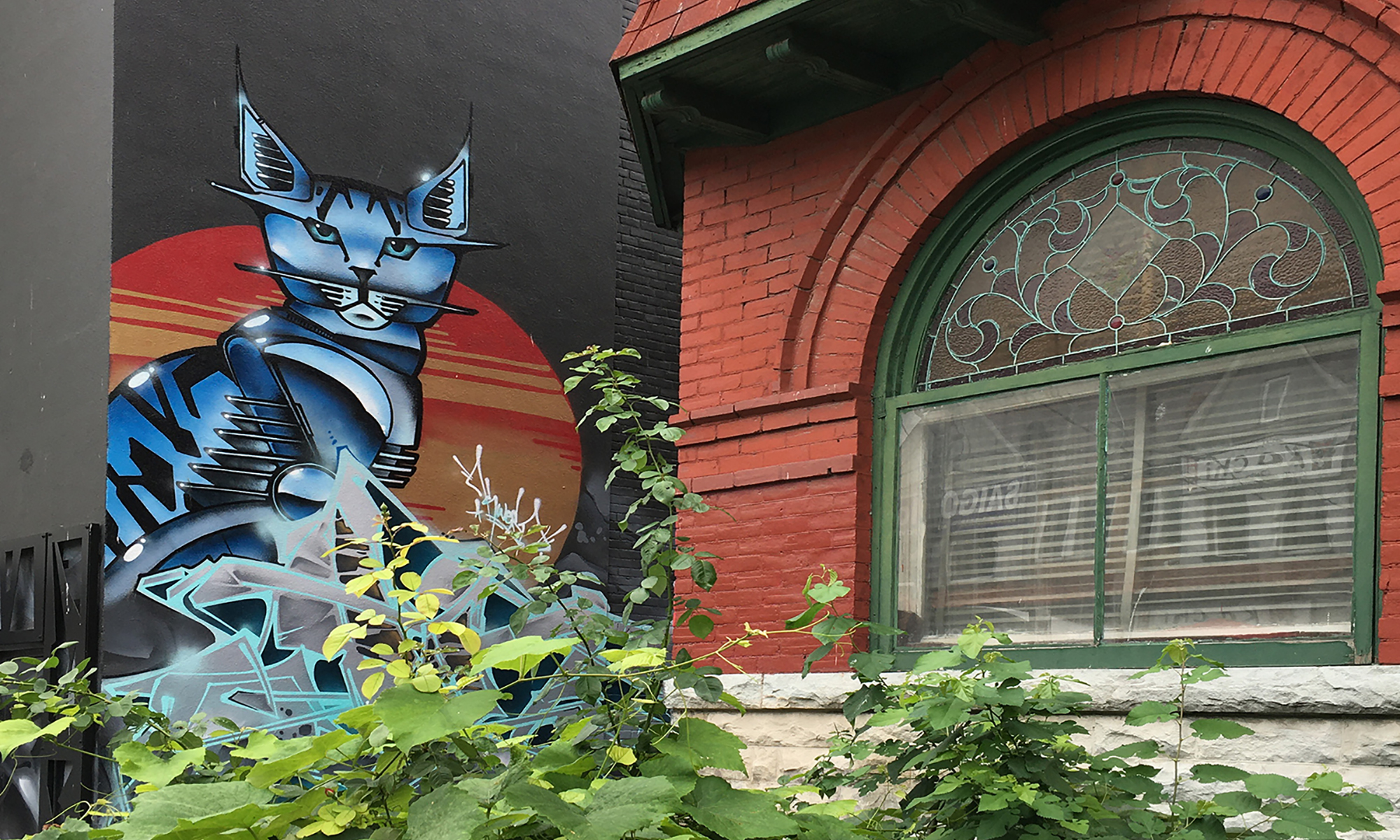The growing Jewish population of Kensington demanded certain niche needs, e.g. kosher meat or Eastern European staples. Enterprising Jews met these needs by selling these products from pushcarts, usually before sundown on Friday, the Jewish Sabbath.[1] With thriving pushcart businesses, some Jews in the area started selling produce out of their home. Soon, many Jewish families moved into the second floor of their homes and built extensions to the fronts of their homes to house their booming business. The physical transformation of the homes in Kensington, bending the rules of zoning by-laws in Toronto, created the “Jewish Market” of Toronto;[2] a residential community infused with niche businesses. With this investment in Jewish infrastructure, Jewish settlement in the Kensington area accelerated through the 1920s, especially considering the proximity to both the garment industry, and other Jewish institutions centred on neighboring Spadina Avenue.[3]
[1] Jean. Cochrane, Kensington (Erin, Ont.: Boston Mills Press, 2000), 35.
[2] Doug. Taylor, Villages Within : an Irreverent History of Toronto and a Respectful Guide to the St. Andrew’s Market, the Kings West District, the Kensington Market, and Queen Street West (New York: iUniverse, 2010), 123.
[3] Daniel Hiebert, “Jewish Immigrants and the Garment Industry of Toronto, 1901-1931: A Study of Ethnic and Class Relations,” Annals of the Association of American Geographers 83, no. 2 (June 1, 1993), 267.
